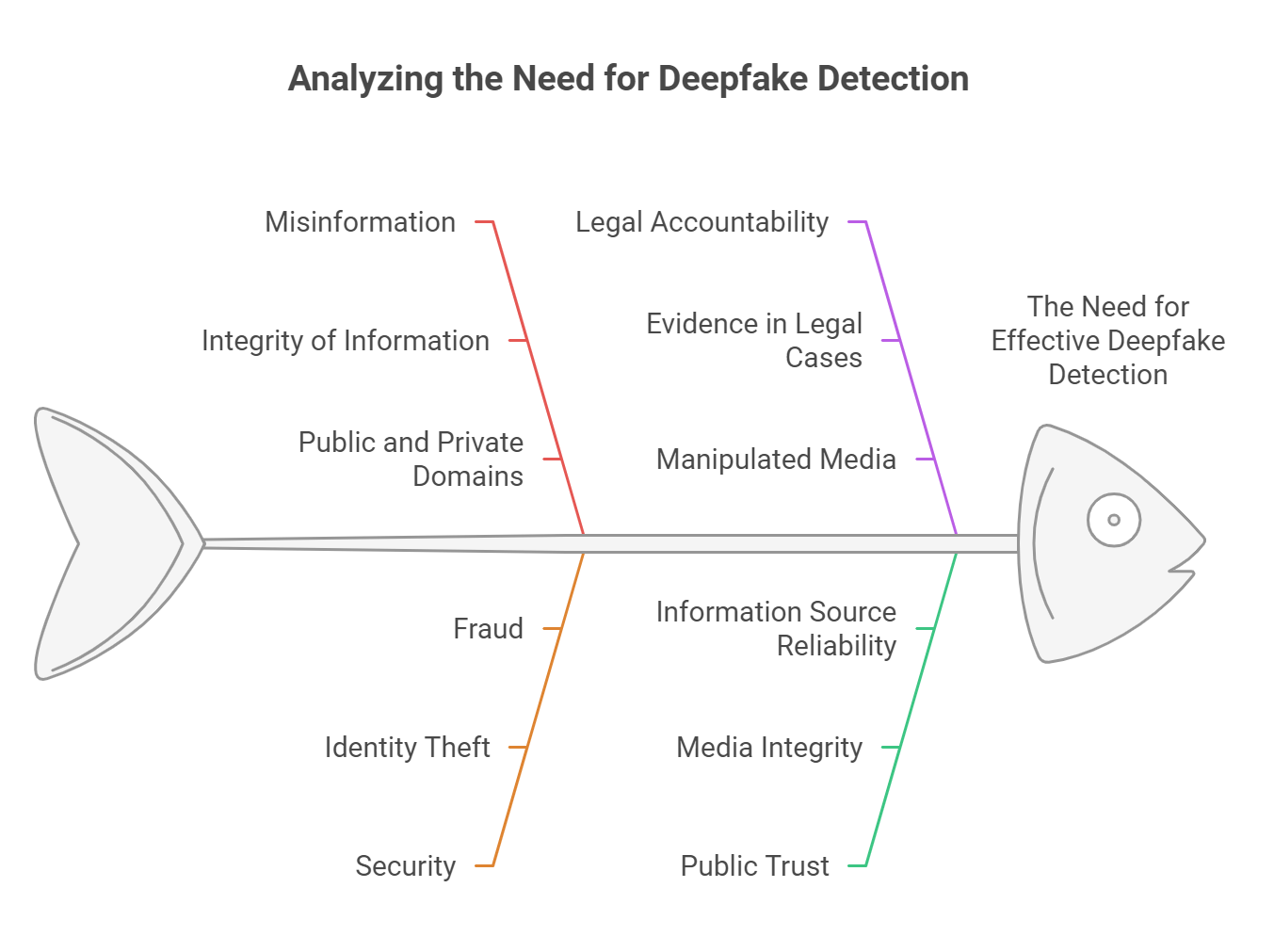Deepfake Detection Technology and Tools
2025-01-07
Deepfake technology has rapidly evolved, posing significant challenges in various sectors, including media, security, and personal privacy. This document explores the current landscape of deepfake detection technologies and tools, highlighting their importance in combating misinformation and protecting individuals from potential harm. We will delve into the methodologies employed in detection, the tools available, and the ongoing advancements in this critical field.
Understanding Deepfakes
Deepfakes are synthetic media created using artificial intelligence (AI) techniques, particularly deep learning. They can manipulate audio and video to create realistic but fabricated content, making it difficult to discern what is real. The implications of deepfakes are profound, affecting everything from political discourse to personal reputations.

Importance of Deepfake Detection
As deepfake technology becomes more sophisticated, the need for effective detection methods is paramount. Deepfake detection is crucial for:
-
Misinformation Prevention: Protecting the integrity of information shared in public and private domains.
-
Security: Safeguarding against identity theft and fraud.
-
Legal Accountability: Providing evidence in legal cases involving manipulated media.
-
Public Trust: Maintaining trust in media and information sources.
Detection Methodologies
Deepfake detection technologies utilize various methodologies, including:
Machine Learning Models: These models are trained on large datasets of real and fake media to identify subtle discrepancies that may indicate manipulation. Digital Forensics: Techniques that analyze the metadata and compression artifacts of media files to detect alterations. Biometric Analysis: Examining facial movements, voice patterns, and other biometric indicators to identify inconsistencies. Blockchain Technology: Using blockchain to verify the authenticity of media content by creating immutable records of its origin.
Tools for Deepfake Detection
Several tools have emerged to assist in the detection of deepfakes, including:
-
Deepware Scanner: An AI-based tool that analyzes videos for signs of deepfake manipulation.
-
Sensity AI: A platform that provides deepfake detection services and insights into the spread of manipulated media.
-
Amber Video: A tool that focuses on detecting deepfake videos in real-time, aimed at media organizations.
-
Microsoft Video Authenticator: A tool that evaluates videos and images to provide a confidence score regarding their authenticity.
Future Directions
The field of deepfake detection is continuously evolving. Future advancements may include:
-
Improved AI Algorithms: Developing more sophisticated models that can adapt to new deepfake techniques.
-
Collaborative Efforts: Increased collaboration between tech companies, governments, and researchers to share data and improve detection capabilities.
-
Public Awareness Campaigns: Educating the public about deepfakes and how to identify them.
Conclusion
Deepfake detection technology is an essential component in the fight against misinformation and the protection of individual rights. As deepfake creation tools become more accessible, the development of robust detection methods and tools will be critical in maintaining trust in digital media. Ongoing research and collaboration will be vital in staying ahead of this rapidly evolving challenge.